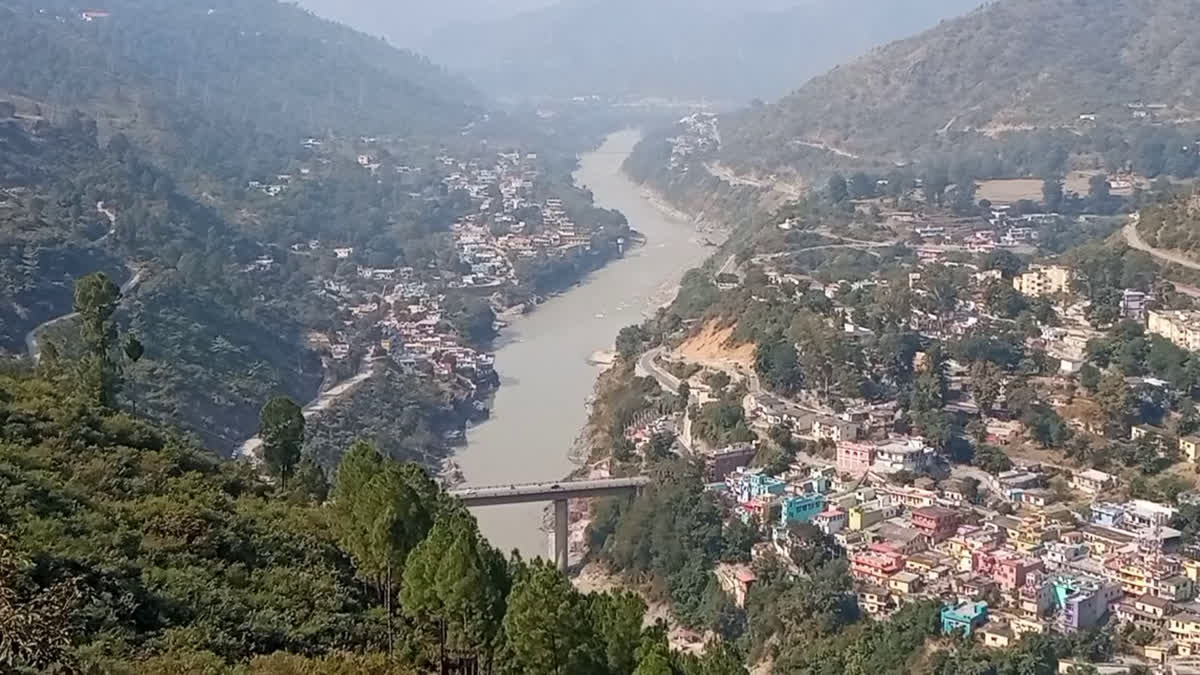Srinagar: In a major initiative towards tackling global warming and environmental conservation, scientists at the Hemwati Nandan Bahuguna Garhwal Central University in Uttarakhand have developed a mixed forest cover on one hectare of land in the Himalayan region capable of absorbing 10,000 tonnes of carbon emissions, officials said.
Garhwal University engineer Mahesh Doval, who played an important role in developing the landscape of the area said that the land belonging to the university was being encroached upon with people turning the area into a garbage dump. The university took an initiative and 3000 saplings were planted on one hectare of land in the first phase, Doval said.
Also read: Recent global warming 'unprecedented' in 24,000 years, study finds
He said that the saplings of both forest and fruit trees were planted on the land adding the fruit trees have started bearing fruits. Besides, vegetables are also being produced on a portion of land, added Doval. Doval said that in the second phase, an action plan is being prepared to grow forest trees on another 2 hectares of barren land.
Vice Chancellor of Garhwal University, Prof Annapurna Nautiyal said that the project was started three years ago. The responsibility of this was given to the University's Chitra team and HEPREC, she said. The VC said that if the experiment is successful, an extension programme will be taken to the farmers. Besides, the said area will also be developed as an eco garden in future, she added.
Officials said the the project will help reducing the pollution levels in Srinagar by absorbing 10,000 tonnes of carbon from the atmosphere. Global temperature has become the major challenge for the world with Uttarakhand also not untouched by the climate change. It is said that during British India, the Britishers moved the capital from Srinagar to Devalgarh and later settled in Pauri due to scorching summer heat.




